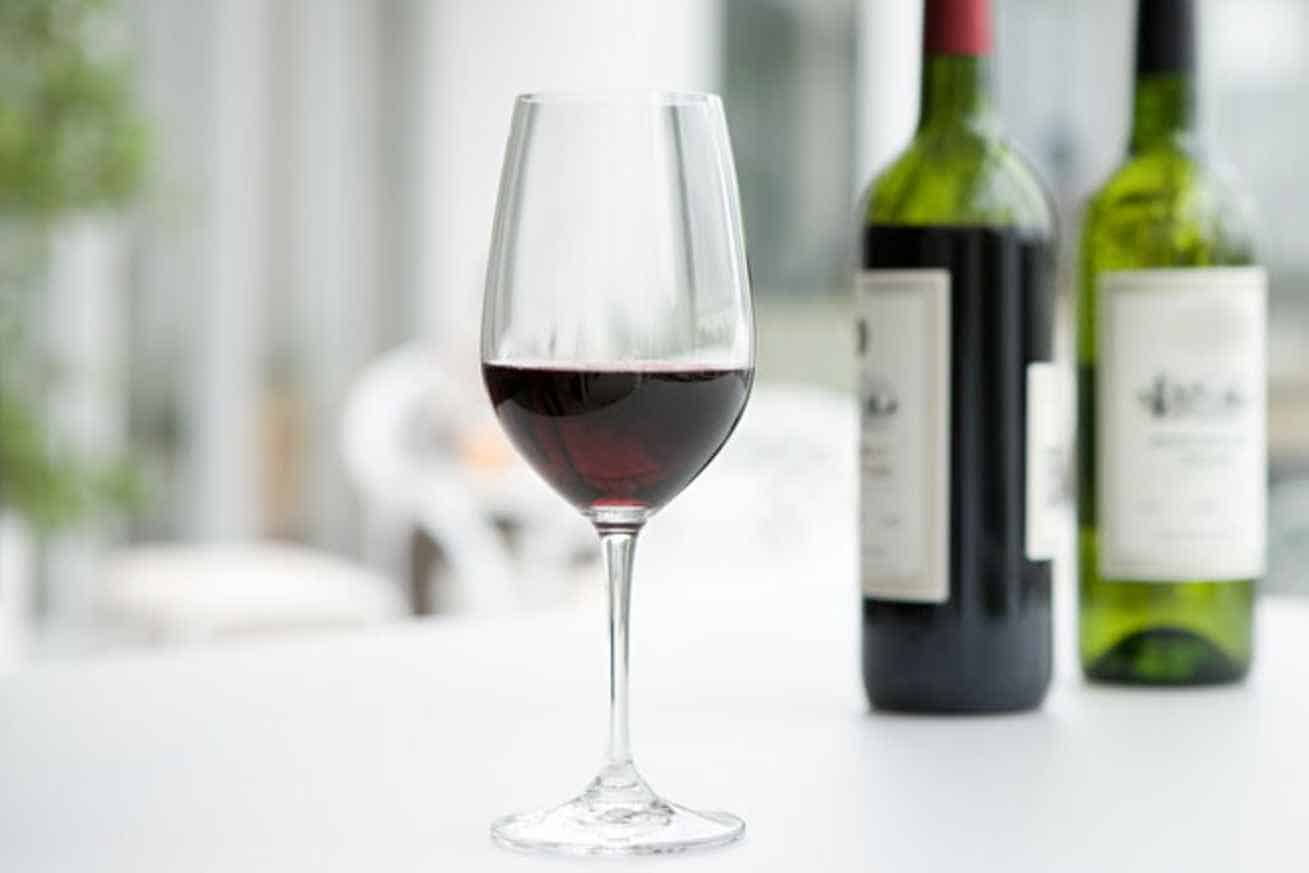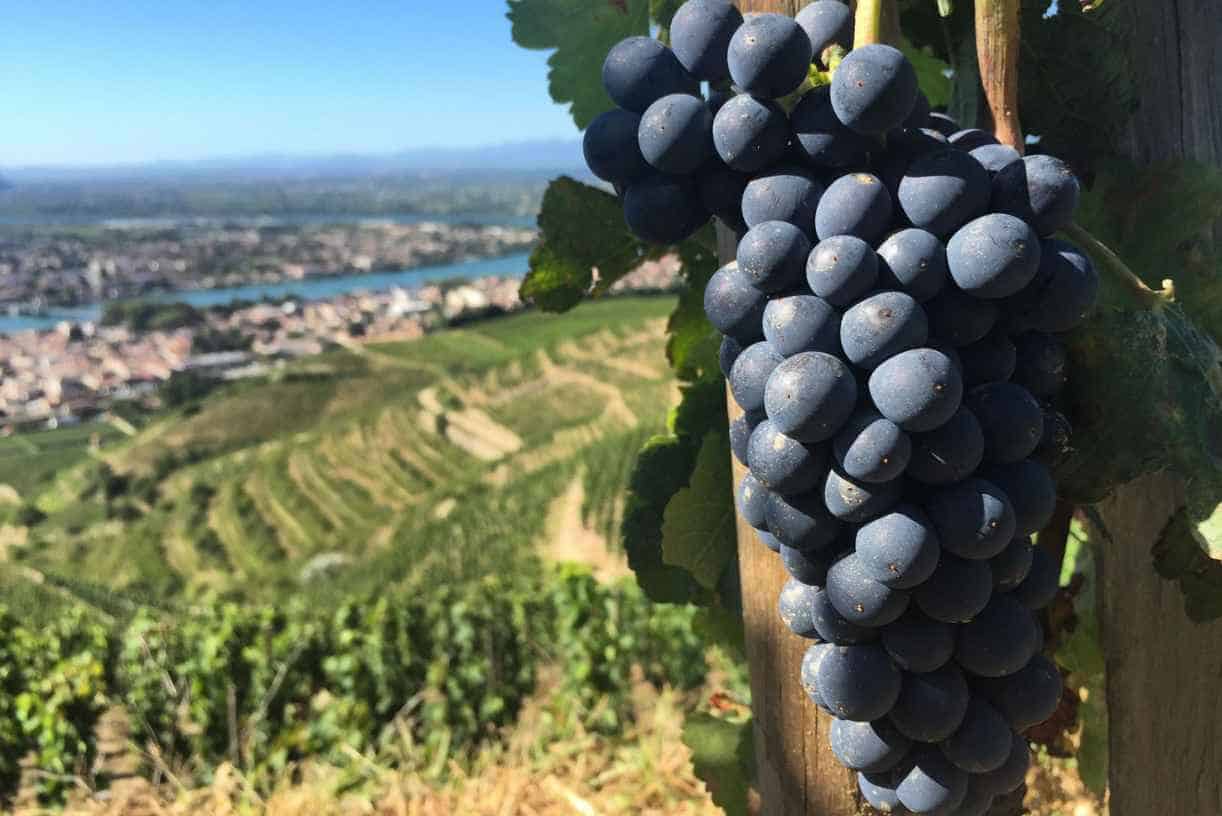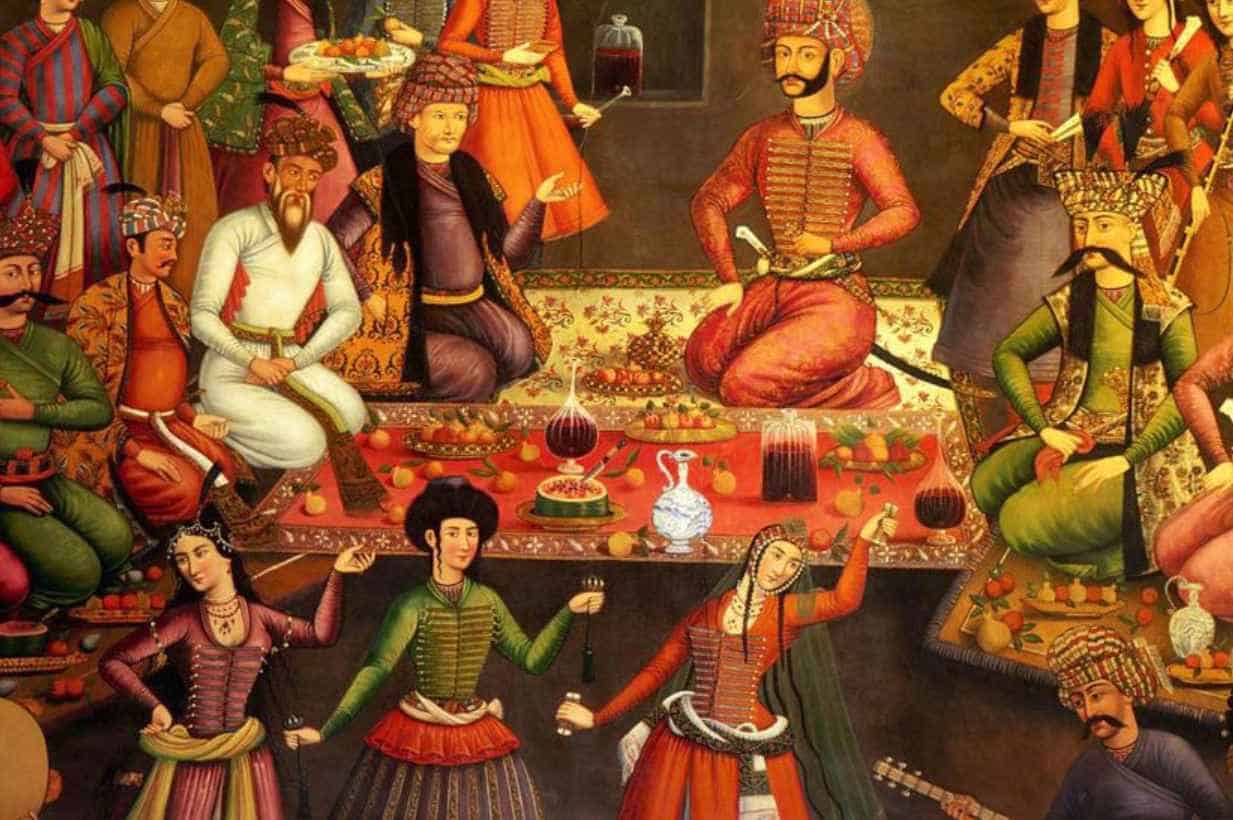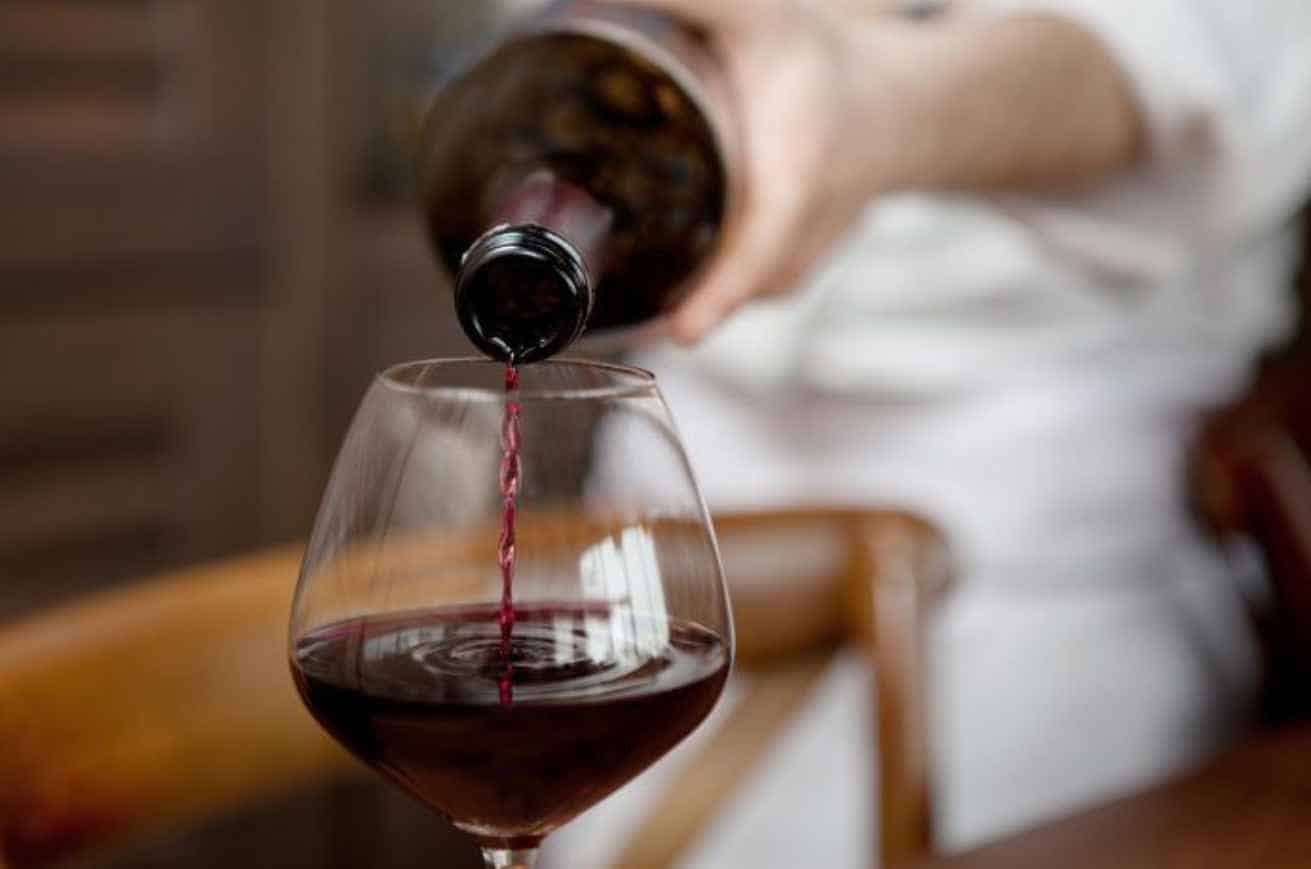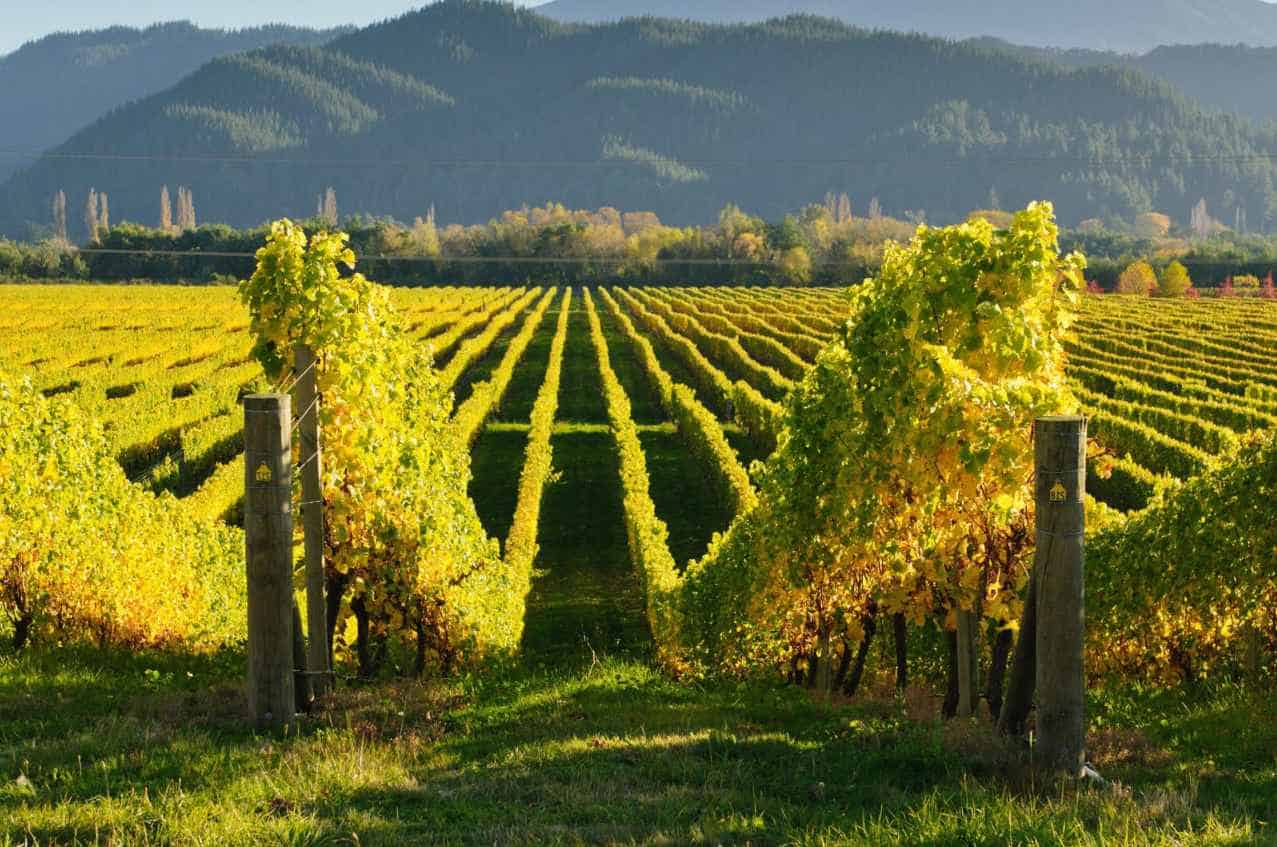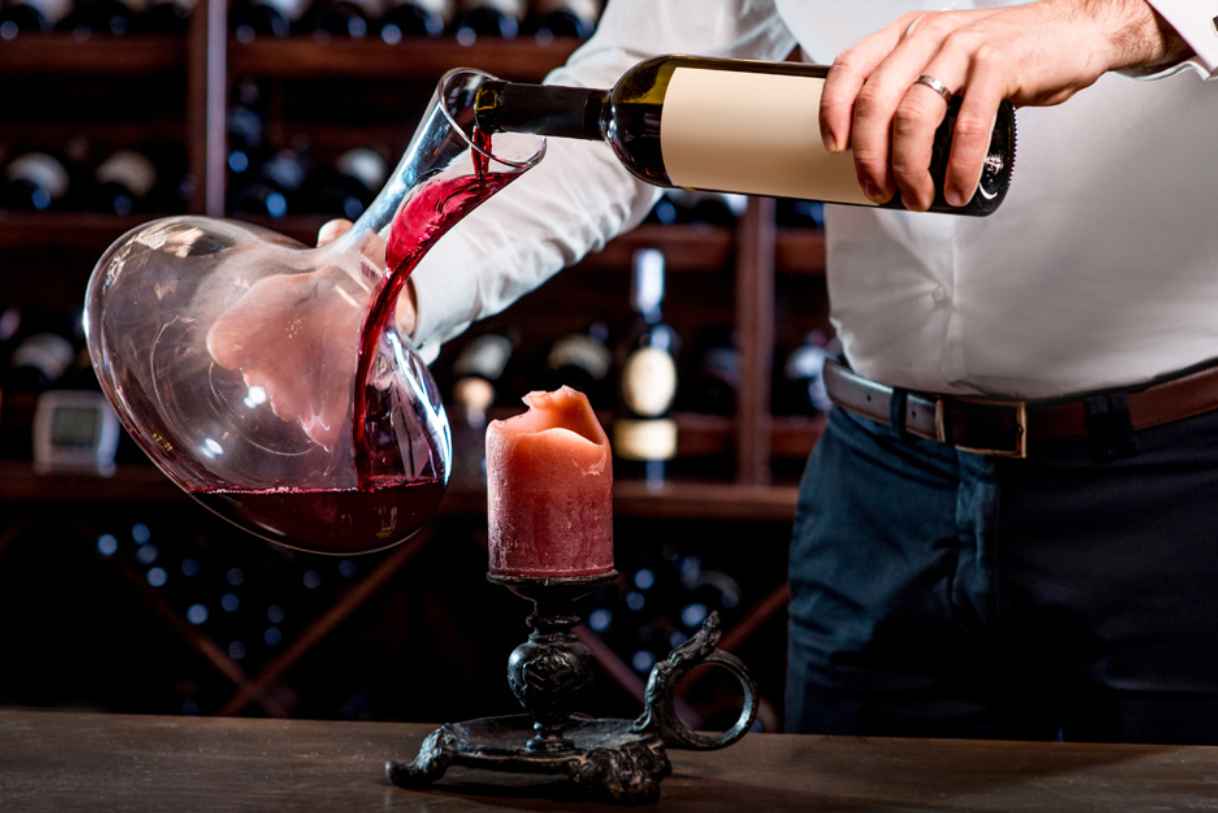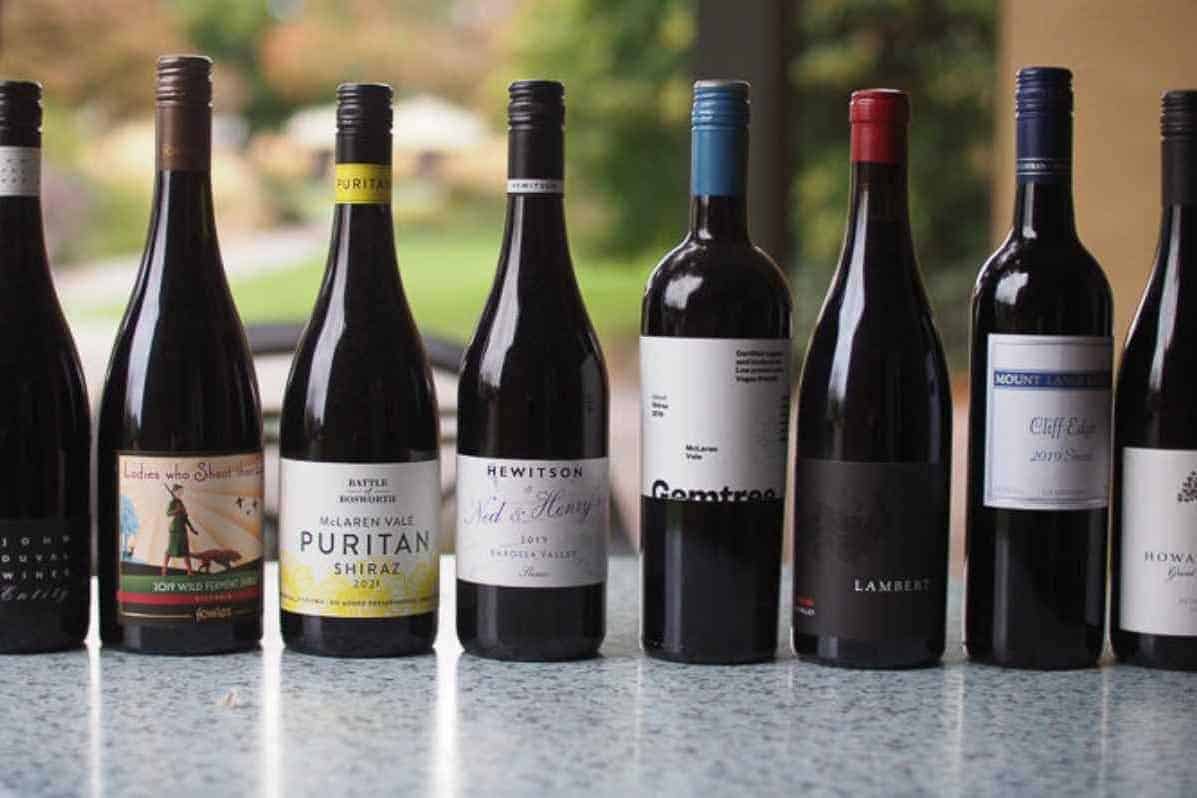Shiraz is among the most famous wine in the long list of reds. With this Shiraz Wine Guide, let us explore this variety together!
| Origin | Rhône Valley, France |
| Commonly made with | Shiraz |
| Color | Ruby Red |
| Taste |
|
| Texture |
|
| Sugar Content (per liter) | 12g |
| ABV | 13-15% |
| Biggest Producers |
|
What is Shiraz?
Known as Syrah in some areas, Shiraz’s bold and complex grape variety offers a unique tasting experience with its robust flavors of black fruit like plum. It features signature spicy notes such as white pepper that hits the back throat. We can’t forget those meaty hints found in certain vintages.
What makes Shiraz unique is how it has adapted over time, being grown across multiple continents and allowing for various takes produced through winemakers’ blending methods.
History of Shiraz
Shiraz wine can look back on an enormous history that began over six thousand years ago. One of the earliest references to wine comes from Persia around 5000 BC, and it later spread throughout the Mediterranean.
Over time, different regions had unique grape varietals successful in thriving within them, leading towards vast diversity profiles of distinct flavors according to each area, and Shiraz is no exception. It originated in France’s Rhône Valley as one of the well-known cultivated wines of the region.
James Busby, Australian wine pioneer and Shiraz originator, earned his title by touring Europe to gather grape cuttings. He’s one of the prime figures for the blossoming Aussie wine scene. The Syrah grape was one such harvest, becoming the Shiraz after being brought down under.
The origin in Persia is one of the theories of how the ‘Shiraz’ name came to be. But, there is yet to be a single concrete origin for this wine grape variety.
Shiraz Wine Characteristics
| Flavor Notes | Taste | Appearance | Aromas |
|
|
|
|
Appearance of Shiraz
Shiraz is typically a deep ruby red with a purple hue as time passes. It can range from bright crimson in cooler climates to dark garnets produced by riper wine grapes found across warmer regions.
When it comes to the viscosity of Shiraz or Syrah, this grape variety is famously known for its full-bodied character. In particular famous vintages crafted from warmer regions like Australia will often exhibit density that coats the palate thickly.
Cooler climates, such as northern Rhone Valley, provide lighter body reds; being tannic without heaviness.
Aroma of Shiraz
One of the hallmarks of almost any good quality Shiraz is its intense and aromatic fragrance which varies depending on the region.
But, it generally inclines towards black fruit aromas (such as plum or blackberry) alongside peppery spices like white pepper, cracked black pepper, or even subtle notes with hints of Teriyaki-like barbecue sweetness tones.
Flavor of Shiraz
Shiraz can have concentrated blackberry flavors alongside hints of peppery spice, which reflect their place in creation, resulting in rich, full-bodied reds commonly seen aging beautifully over time if stored under optimal conditions.
These full-bodied reds come fitted out with ample amounts of ripe tannins alongside medium-high levels of sharp acidity. Floral hints and smoky undertones are amongst many possible notes depending on climatic conditions reflecting terroirs.
One thing that often surprises first-time drinkers about Syrah—it’s dryness. Many claim sweet ones exist, whereas this wine has been a dry variety since its conception.
How is Shiraz Made?
According to Wine Enthusiast Magazine (2021), the best Shiraz wines come from areas with warm climates. These include Australia’s Barossa Valley or France’s Rhône region. Grapes are harvested at their optimal ripeness before being crushed and fermented using traditional methods.
Once the primary fermentation is complete, the wine undergoes secondary, malolactic ones, which softens its acidity while adding intricacy to its taste profile. Later comes the maturation phase, where it’s aged for up to 24 months in oak barrels resulting in toasted vanilla notes infused into the final product.
Different Shiraz Wine Regions
France
Rhône Valley’s terroir, climate, and methods result in a unique flavor profile that sets it apart from other wine regions. Shiraz grapes grown on this hallowed French soil benefit greatly from long, hot summers, which boost ripeness levels by providing balanced tannins, and herbal and spice aromatics.
USA
- California
- Texas
- Columbia Valley
- Grand Valley
Continuing across continents, we land upon America: California has some great options with ripe blackberry & plum fruity taste, while Texas serves more rustic flavors boasting wild herbs and shrubs.
Further up north, two valleys are producing brilliant vintages alike- one situated at 1000 feet above sea level near Walla Walla Columbia Valley provides nice acidity followed by blueberry flavor. Arriving further East, the Grand Valley produces balanced tannins mingling flavors such as pepper or caramelized fruits, enhancing its character profile.
Australia and New Zealand
- Barossa Valley
- Hunter Valley
- McLaren Vale
And finally (by no means least), our journey ends in Australia! The Barossa Valley hails strong coffee/chocolate tones deriving an oaky mouthfeel that really pairs well when served alongside red meats.
Recognized worldwide, Hunter and McLaren reflect their conservation philosophy, showing bouquets of spiciness-cinnamon, and fresh pepper.
How to Drink Shiraz Wine
Serving Temperature
The ideal serving temperature for Shiraz varies depending on where it was produced geographically, as well as its specific style profile.
According to Karen MacNeil’s book “The Wine Bible,” 60°F (16°C) is often deemed optimal. Anything too warm will nullify aromas, while anything too chilly may dull flavor or make tannins feel harsher in mouthfeel.
For example:
- If you’ve got yourself a fruit-forward Australian Shiraz from McLaren Vale: try chilling slightly below room temp for about 10 minutes before enjoying so those jammy notes shine brightly.
- On the other hand, when opening up cooler-climate Syrah such as Rhône Valley, aims closer towards cellar temp between 55–59°F (13° –15°C).
Decanting and Aeration
Decanting and aeration can bring out the wine’s nuanced flavors when enjoying Shiraz to its fullest. This allows the sediment (which naturally develops over time in red wines like Shiraz) to settle before serving.
Accordingly, “The Oxford Companion To Wine” by Jancis Robinson explains that certain vintages require substantial aeration room to subdu the tannins from aging.
Glassware Recommendations
The shape of a wine glass is critical when it comes to how well it enhances aromas and flavors. Ideally, a good Shiraz glass should have an elongated bowl that narrows at the top leading up to a tapered or slightly rounded rim since its surface area.
These include wine glasses such as:
- Zinfandel/Chianti Style Goblet Wine Glass
- Bordeaux Glass
- Standard Red Wine Glass
Food Pairings with Shiraz Wine
Ah, Shiraz –one of the boldest and most complex red wines out there. Perfect for those looking to impress their dinner guests or simply indulge in a glass of good wine.
When it comes to food pairing with Shiraz, you want something that can stand up to its bold flavors and rich tannins. Think hearty meat dishes like char-grilled steak, lamb chops, or game meat such as venison.
For vegetarians and vegans alike; vegetable-based dishes such as grilled portobello mushrooms or roasted eggplant lend well with Shiraz. The earthiness blends well alongside smoky notes from grilling and provides a nice contrast against the bright acidity that can be found within some examples.
Shiraz Wine You Should Try
| Brand | The Hedonist | Keller State | Shaw + Smith |
| Taste |
|
|
|
| Texture |
|
|
|
| ABV | 14% | 14% | 14% |
| Best Serve with | Meat | Meat | Meat |
| Average Price | $31.50 | $38.99 | $42.49 |
1. The Hedonist Shiraz
When it comes to Shiraz wines, one cannot miss out on The Hedonist. This bold and luxurious wine hails from the McLaren Vale region of South Australia. The aromas begin fruity and full-bodied but soon turn into more rich spiced fruits.
That entails black cherry or plums, which give way gracefully onto peppery undertones, culminating in a balance between deep tannins & lush acidity.
2. Keller Estate Rôtie
If you’re a fan of Syrah, Keller Estate’s Rôtie is one to try. This wine boasts an alluring mix of black fruit and spice aromas with just the right touch of smoky notes.
According to James Suckling (a world-renowned wine critic), this 100% estate-grown Sonoma County varietal has “Great definition on offer here with forest berries as well as some red cherries.”
3. Shaw + Smith Shiraz
If you’re hunting for a delicious Australian Shiraz, look no further than Shaw + Smith. This Adelaide Hills blend is known for its elegant balance of bold fruit flavors and refined tannins. This vintage boasts plenty of ripe berries with herbal notes and hints of black pepper and spice.
Conclusion
This concludes the probing into this delicious wine variety. We hope this Shiraz wine guide has all the info you want. If you want to learn more about other wine grape varieties, make sure to check our other articles!
